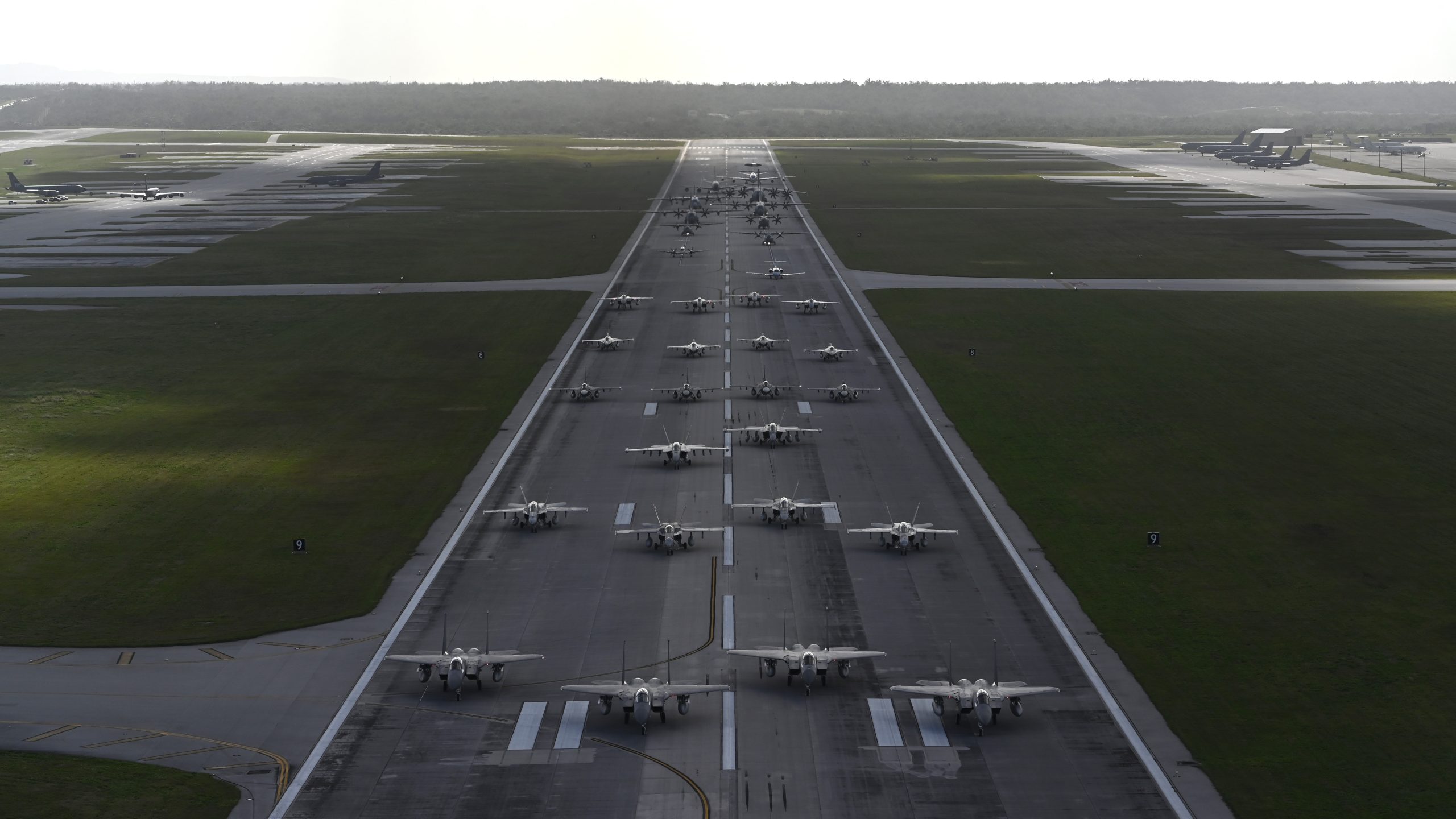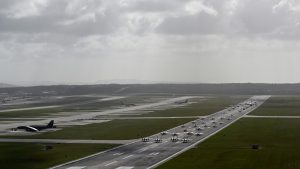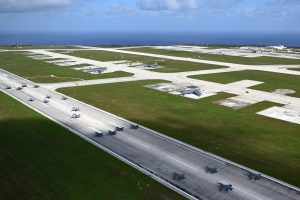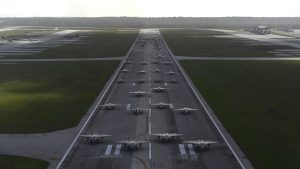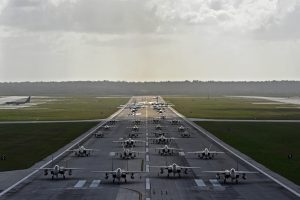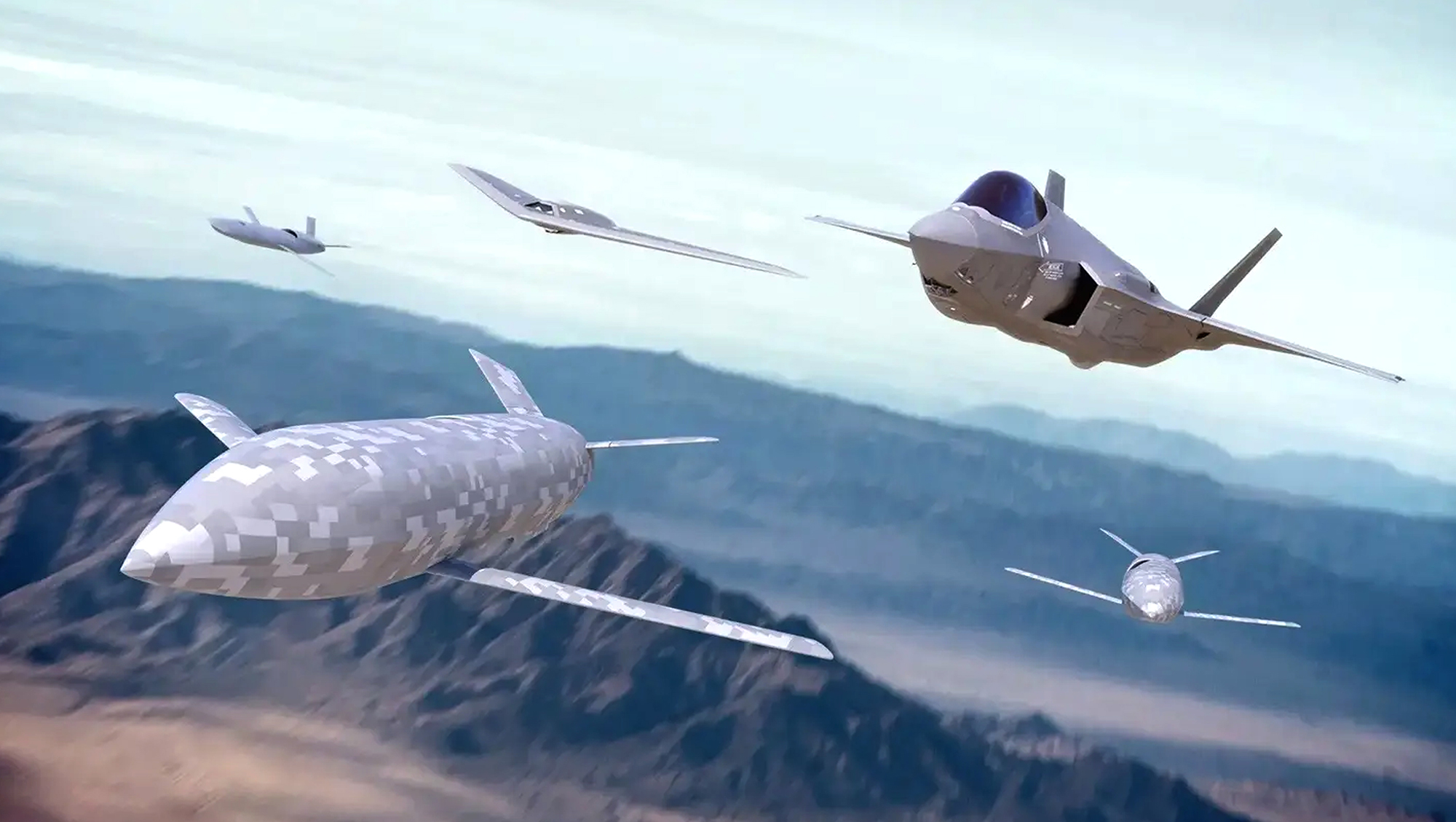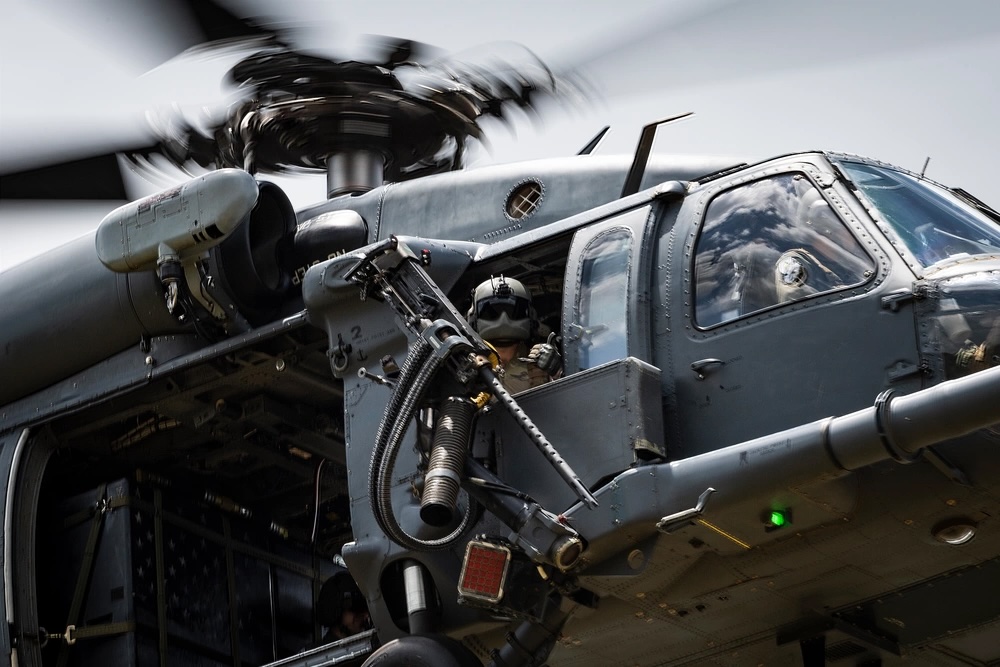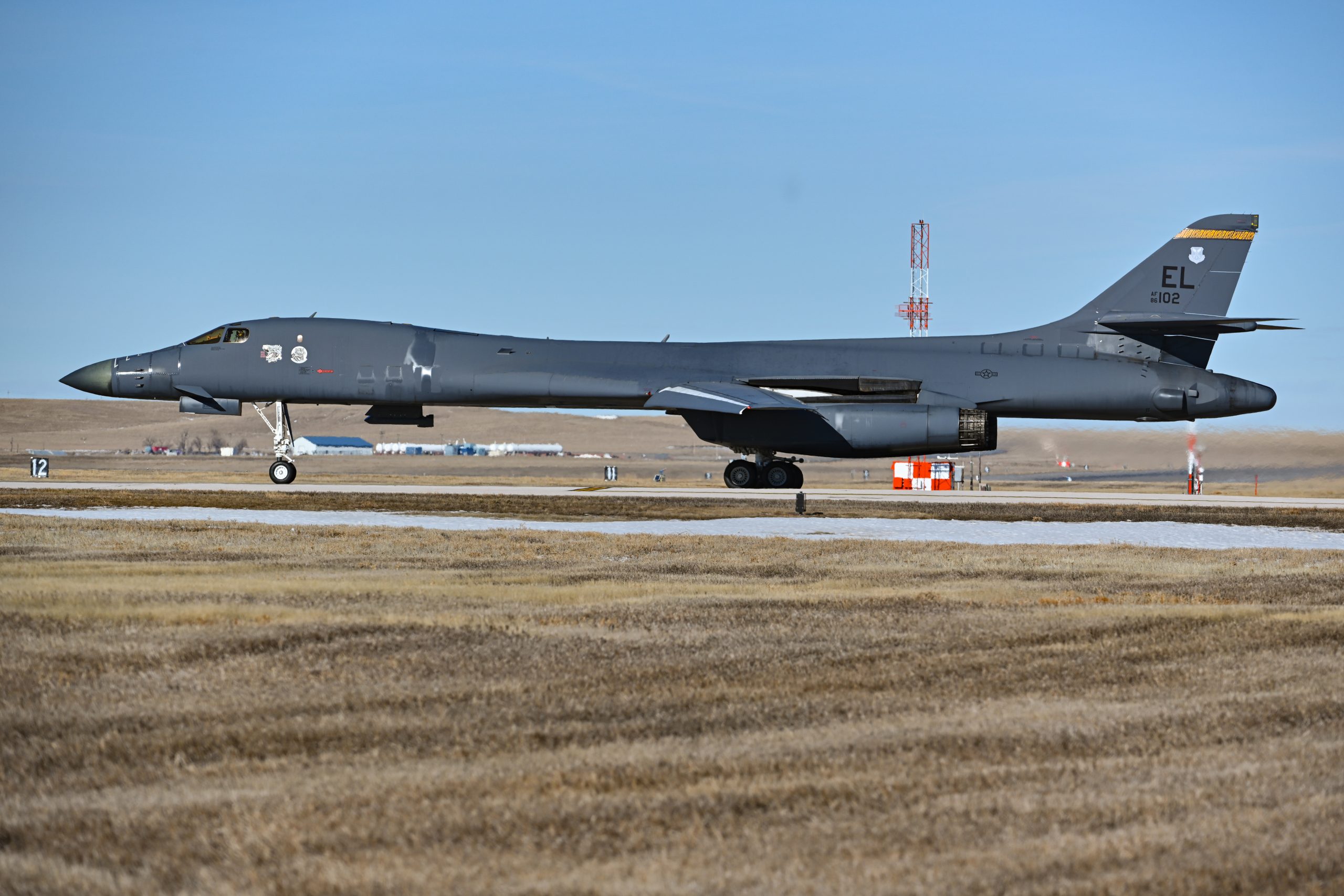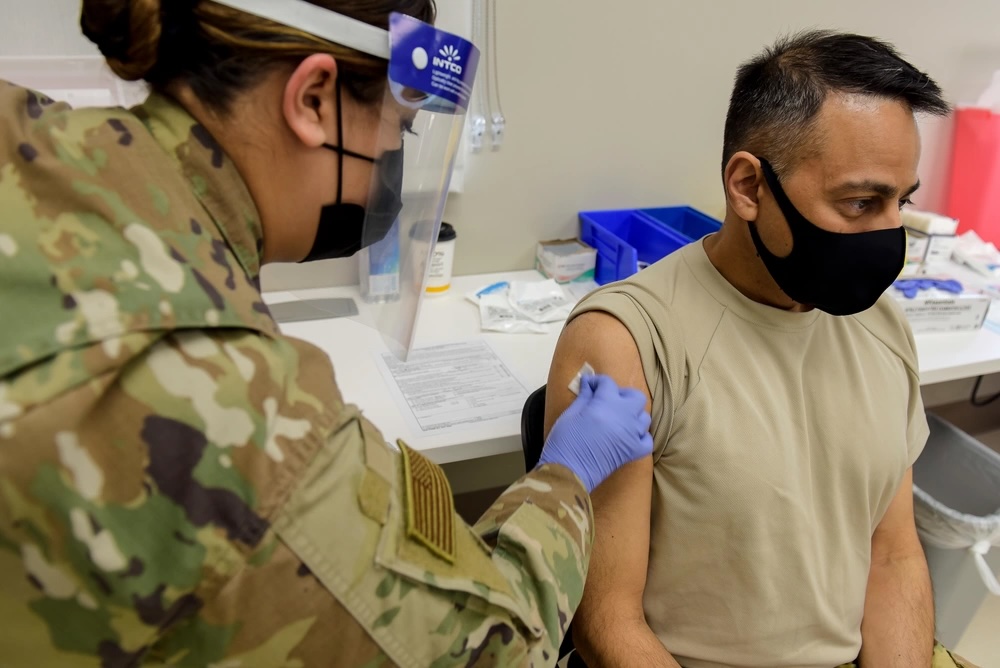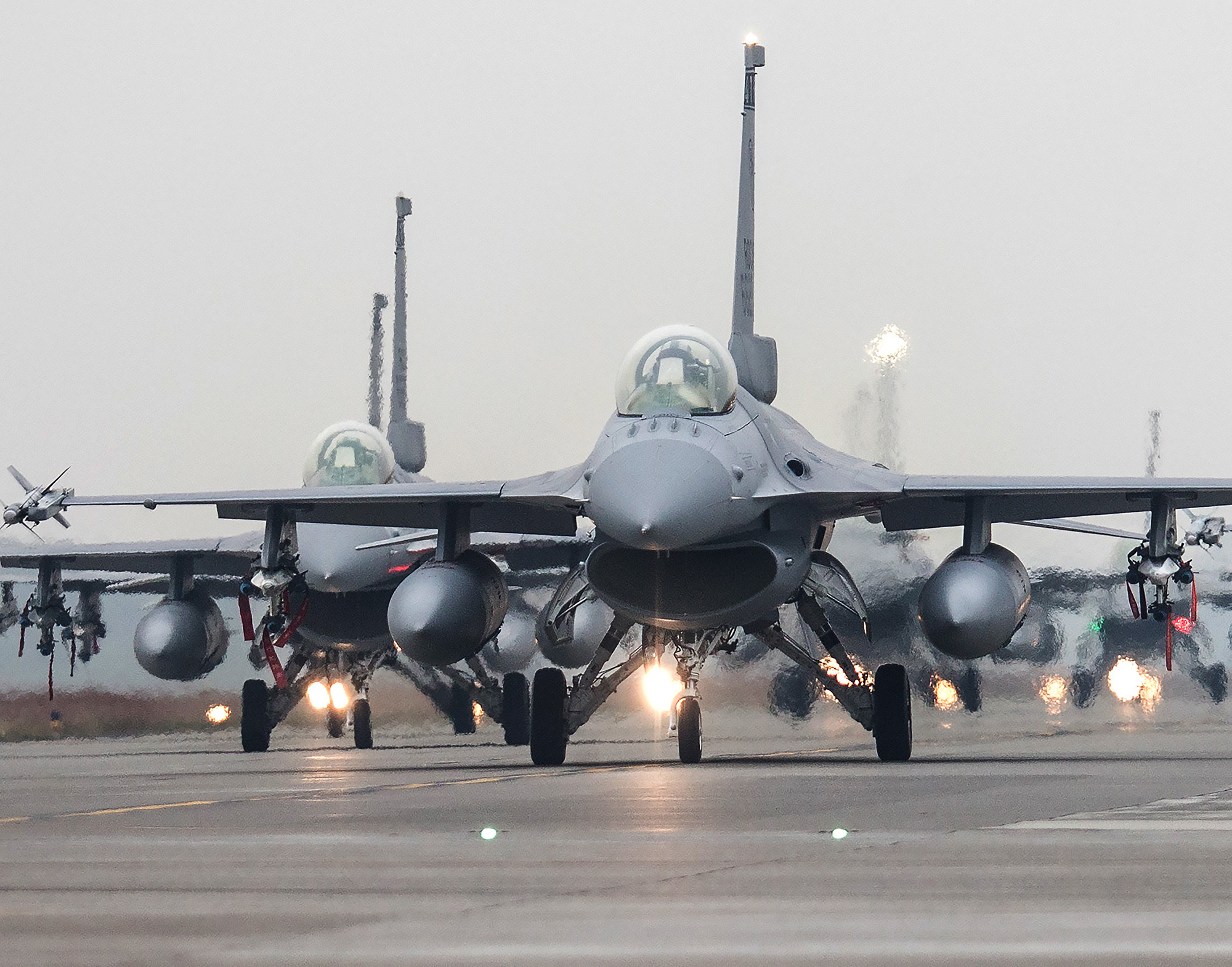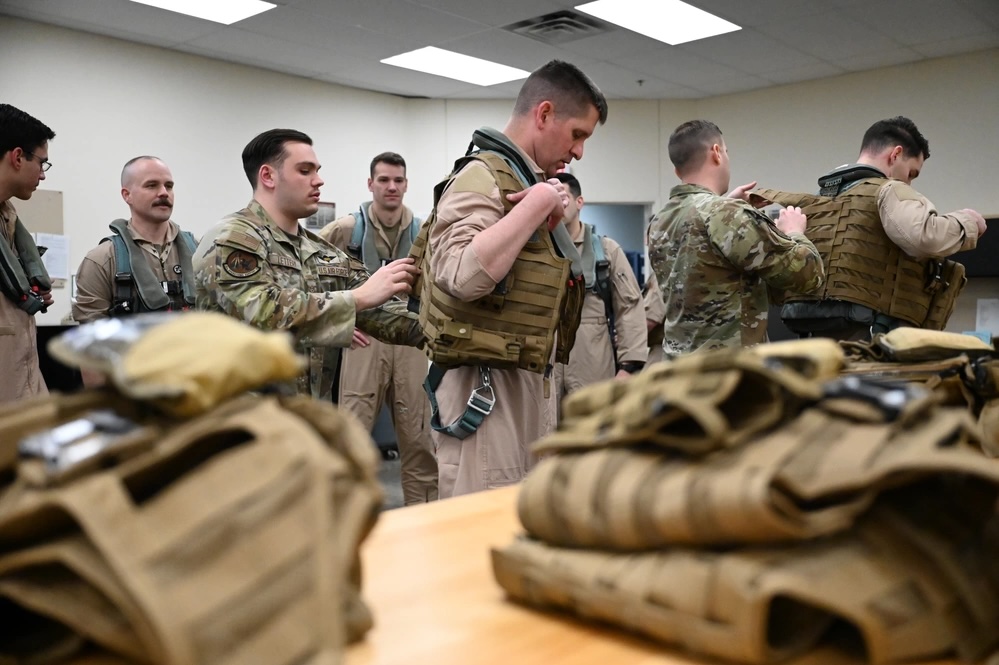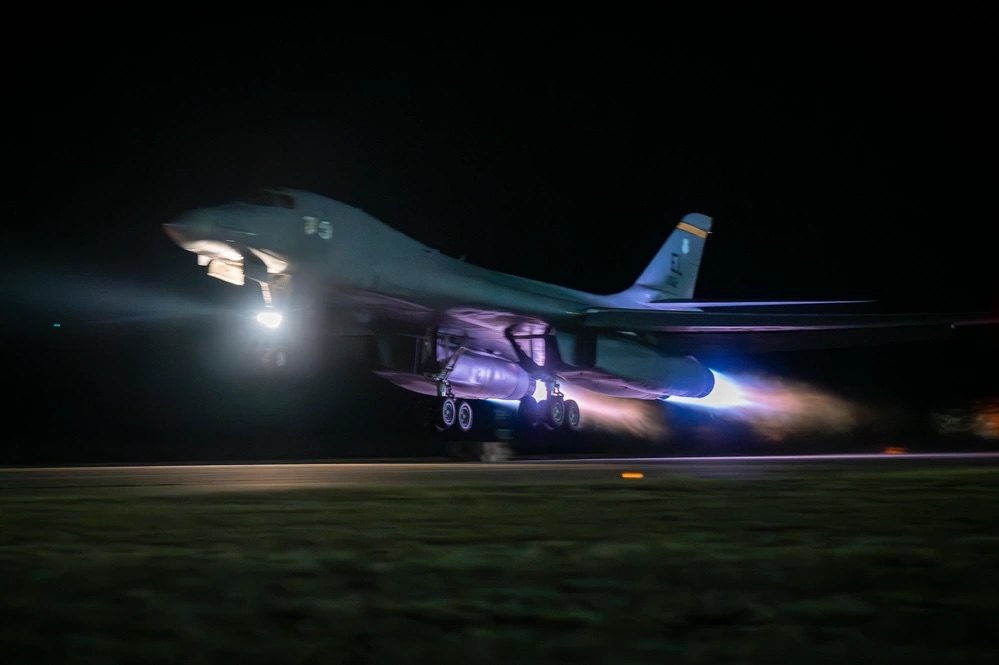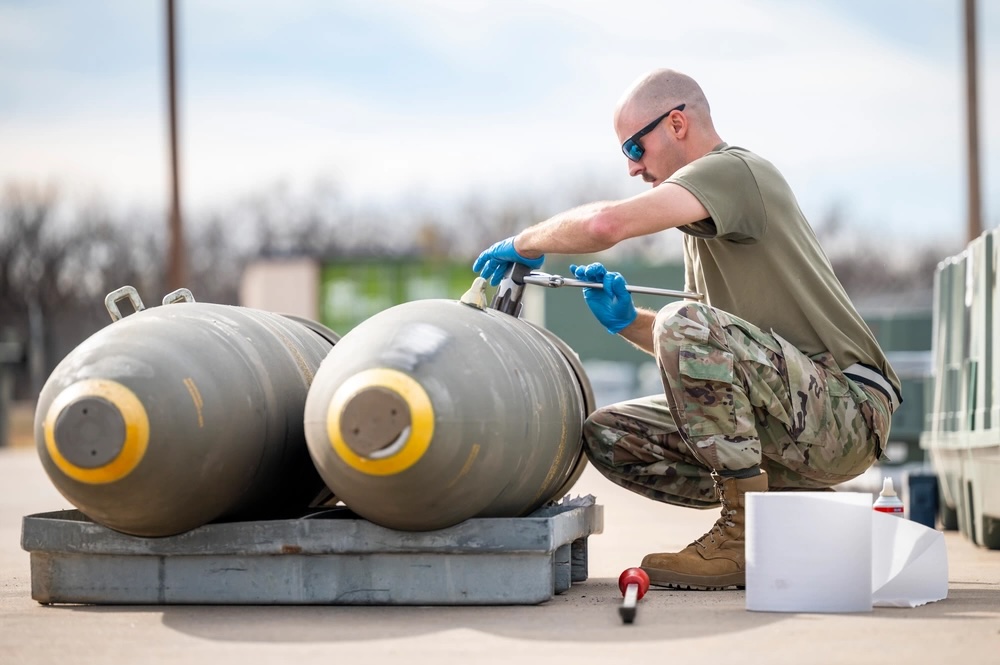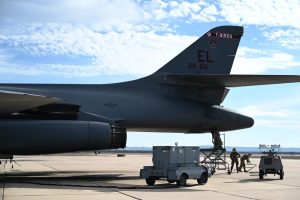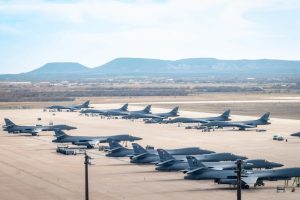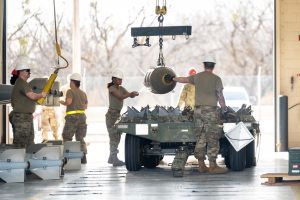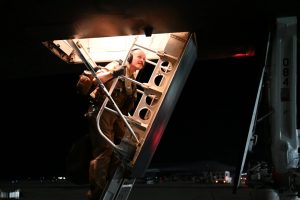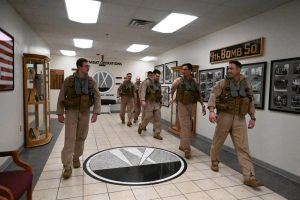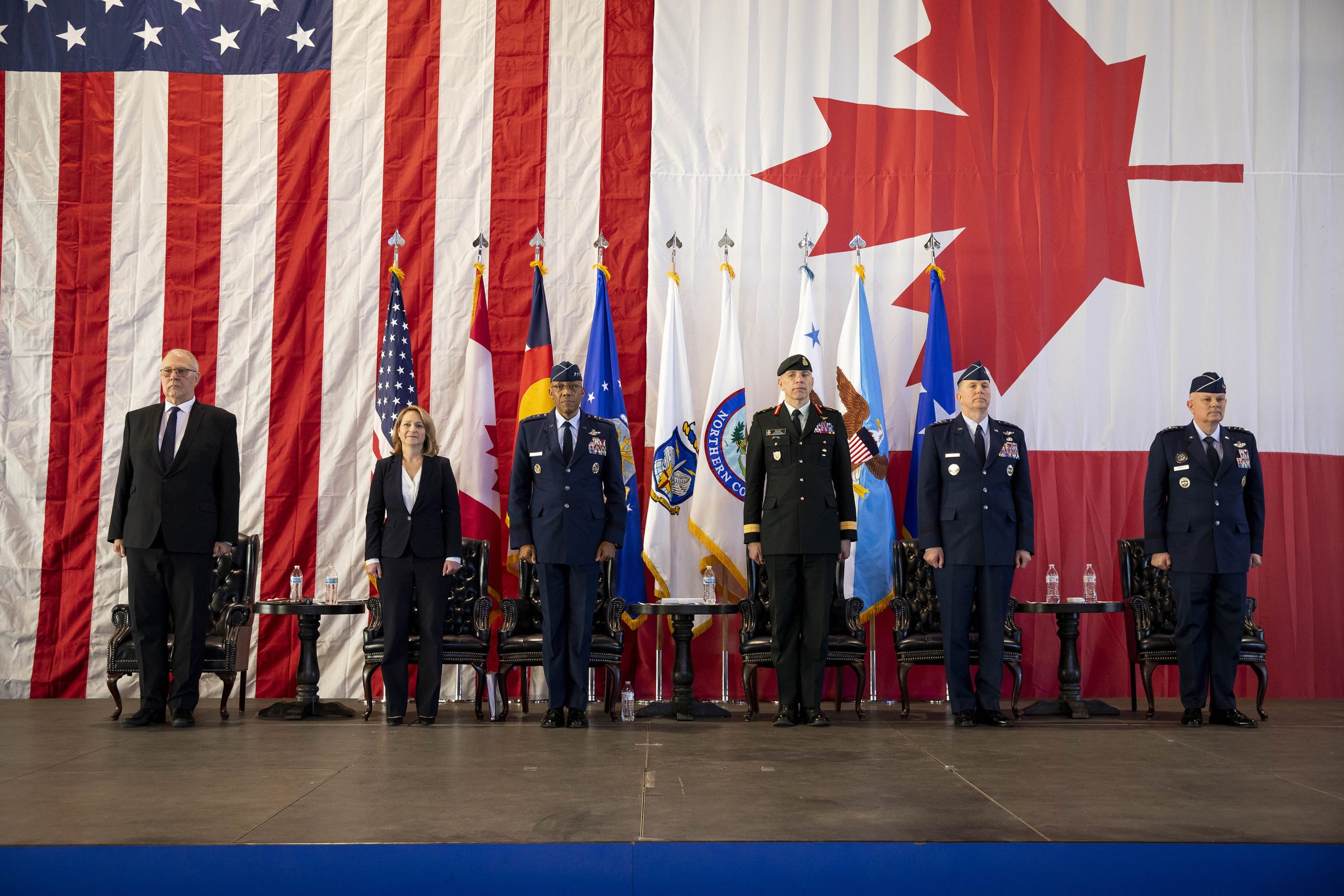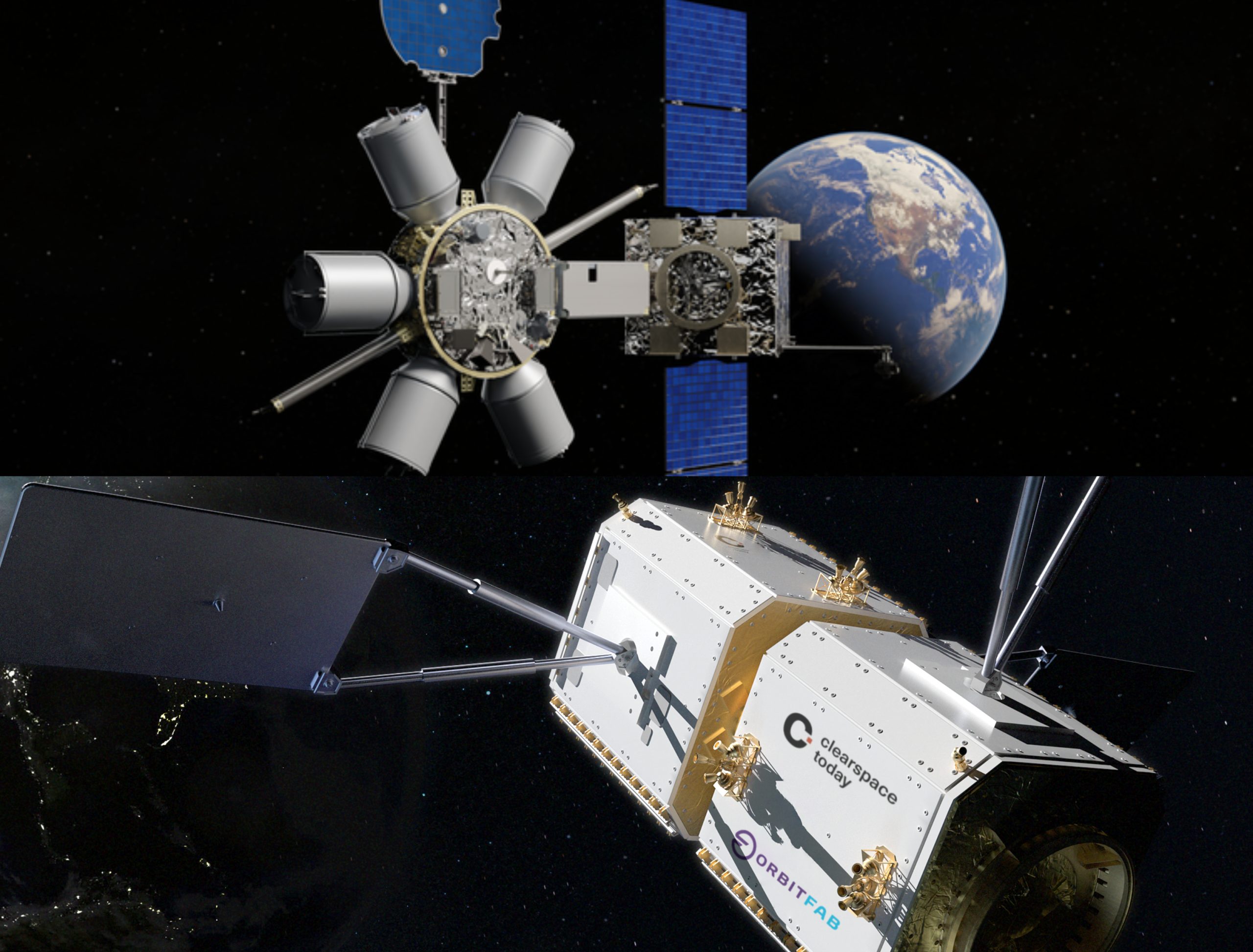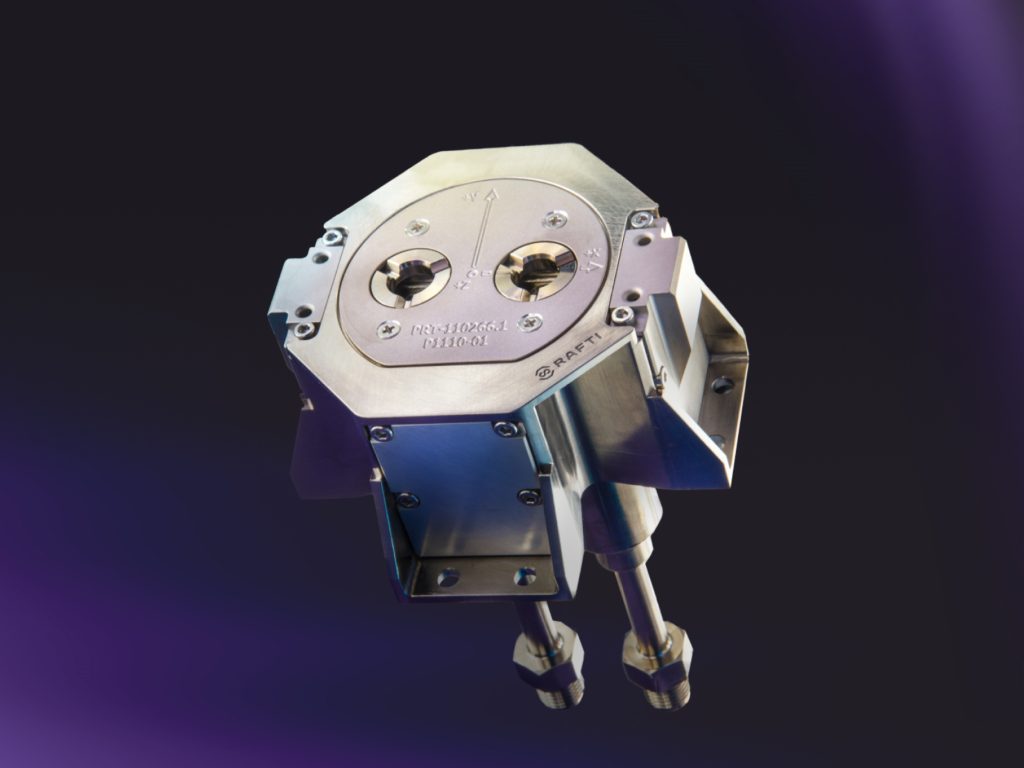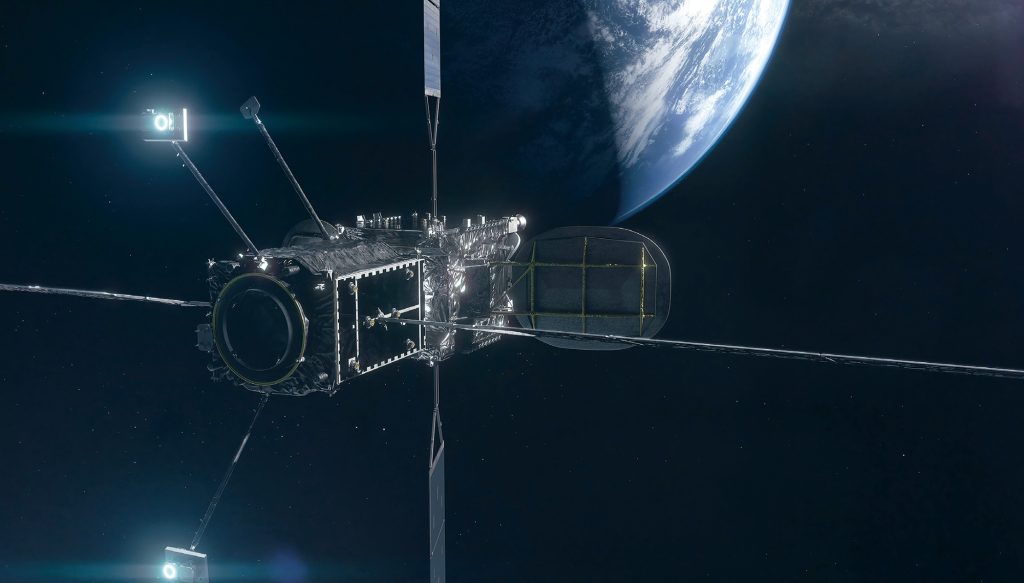The U.S. Air Force, Marines Corps, and Navy, along with four partner nations, flexed their airpower in an “elephant walk” at Anderson Air Force Base, Guam, to kick off Pacific Air Forces’ largest annual multilateral exercise, Cope North.
All told, 35 aircraft from the U.S., Royal Australian Air Force, Japan Air Self-Defense Force, French Air and Space Force, and Republic of Korea Air Force lined up in a united formation on Feb. 5, according to a PACAF release.
The roster comprised 13 U.S. Air Force, 8 Marine Corps, 10 JASDF, 2 French Air and Space Force, 1 RAAF, and 1 ROK Air Force aircraft, encompassing fighters, airlifters, and command and control aircraft, 36th Wing spokesperson told Air & Space Forces Magazine.
“On behalf of RAAF, JASDF, and the USAF exercise leadership, we are excited to kick off Cope North 24 with this successful demonstration of interoperability through the Elephant Walk,” Lt. Col. David Overstreet, Cope North lead planner, said in the release. “Throughout the exercise we aim to aggressively practice combat air forces and mobility air forces dispersal activities in concert with all six participating nations. Our network of alliances and partnerships remains the backbone of global security.”
The demonstration illustrated the U.S. and its allies’ airpower presence and readiness across the Indo-Pacific region. It is the second multi-national elephant walk on Guam in recent months, after a 23-aircraft formation with six participating nations rolled out in July.
“The sheer amount of aircraft and the way our Allies and partners operate together with us is inspiring,” said Senior Airman Robert Rennie, an Air Traffic Controller assigned to the 36th Operations Support Squadron. As one of the Airmen who directed and oversaw the process, Rennie added that seeing the elephant walk reminds him that the team is “moving in the right direction to ensure deterrence.”
The larger three-week Cope North exercise provides a chance for the U.S. to cooperate with regional partners through sharing data and intelligence, refining tactics, and improving interoperability.
“The planning and execution was excellent,” said Master Sgt. Steven Hood, 756th Air Refueling Squadron KC-135 boom operator. “Everyone’s professionalism and eagerness to work together will propel our war-fighting capabilities in the Pacific.”
Cope North 24 is in full swing. PACAF shared photos Feb. 6 of a B-52 Stratofortress from the 5th Bomb Wing flying over Tinian and Saipan islands, about 120 miles north Guam. The heavy bomber was escorted by a USAF F-15, two F-16s, a Navy E/A-18 Growler, and a Marine Corps F/A-18 Hornet, as well as JASDF F-15J Eagles, U-125A, and two F-2s. B-52s from Minot Air Force Base, N.D., deployed to Anderson last week to support the multinational exercise, running through Feb. 23.
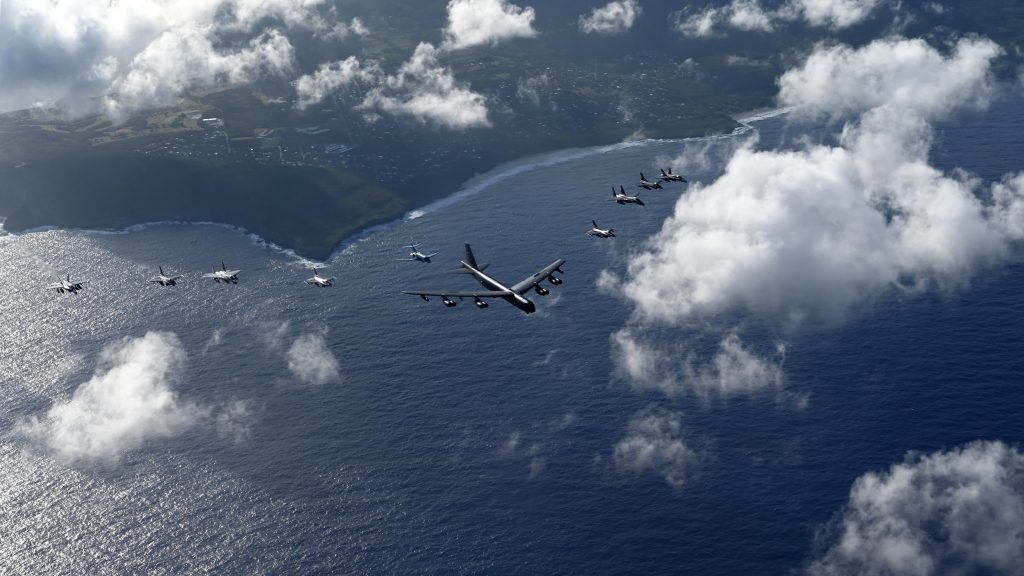
About 700 service members from five nations, including the Royal Canadian Air Force, will join some 1,700 U.S. Airmen, Marines, and Sailors in training together to enhance agile combat skills, better integrate mission planning, and execute aerial missions. In addition, the exercise will include humanitarian assistance and disaster relief training and command and control operations, including airlift and logistics training from various locations.
In anticipation of the exercise, the U.S. Air Force, Marine Corps, and Navy engaged in three days of training to qualify members on fueling operations last week.
Originated in 1978 at Misawa Air Base, Japan, as a quarterly bilateral drill, Cope North relocated to Andersen in 1999.
